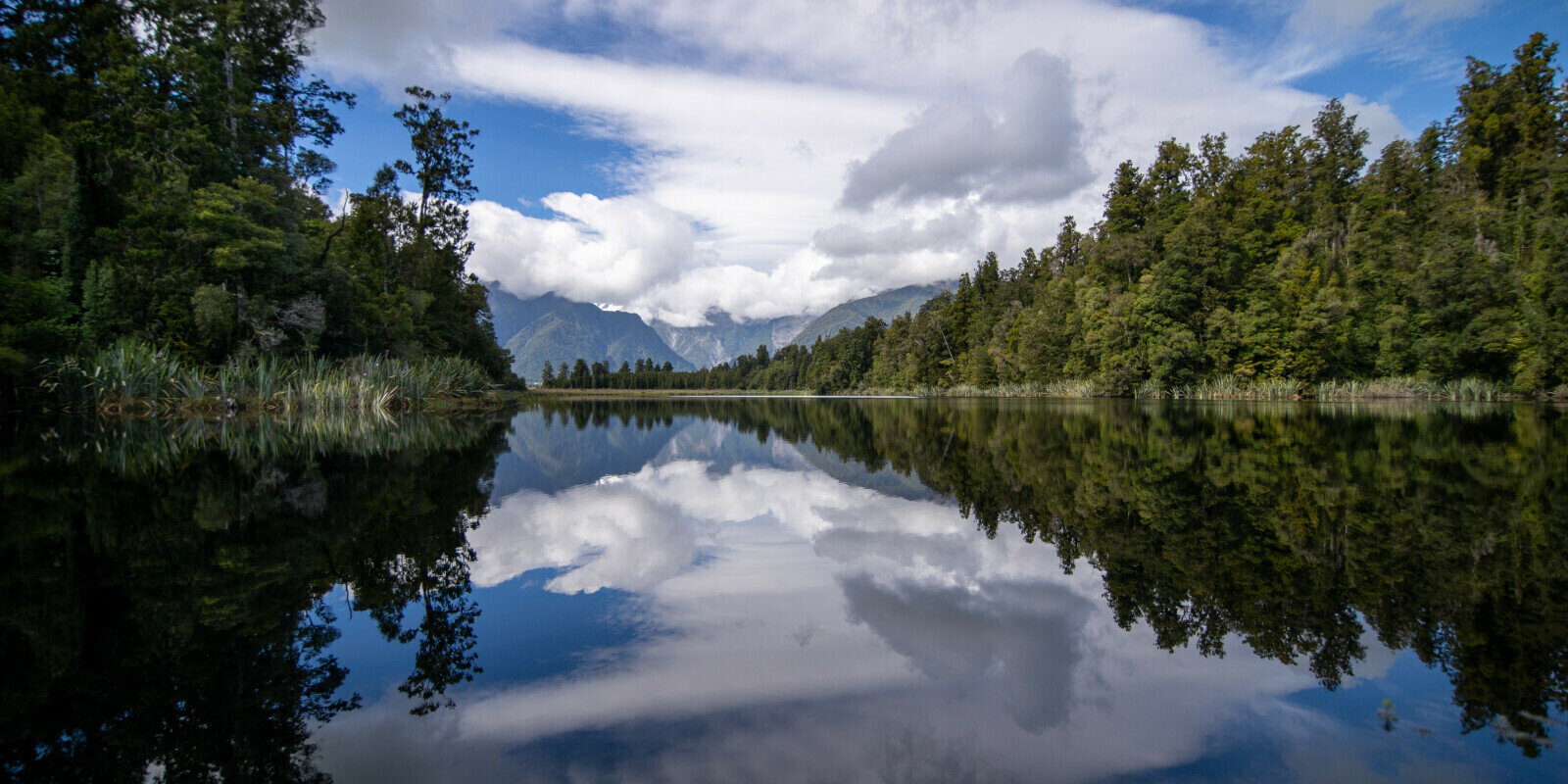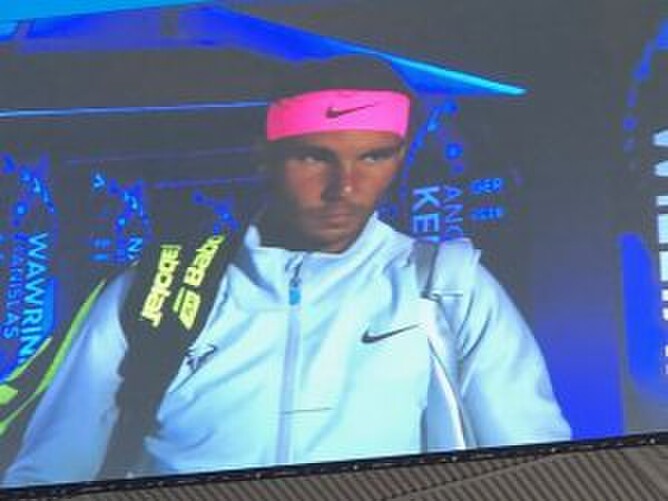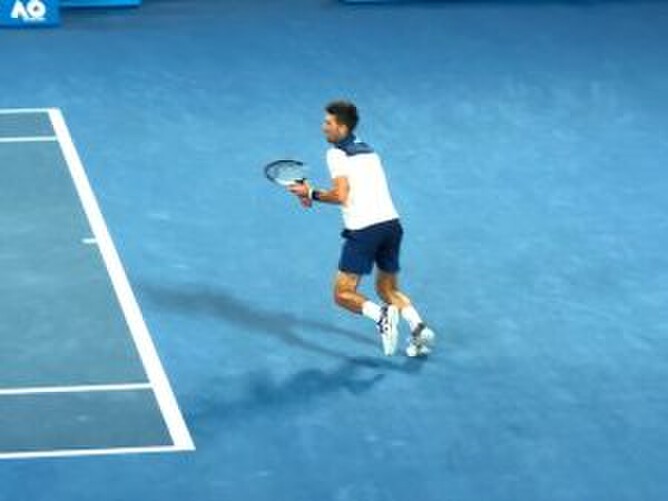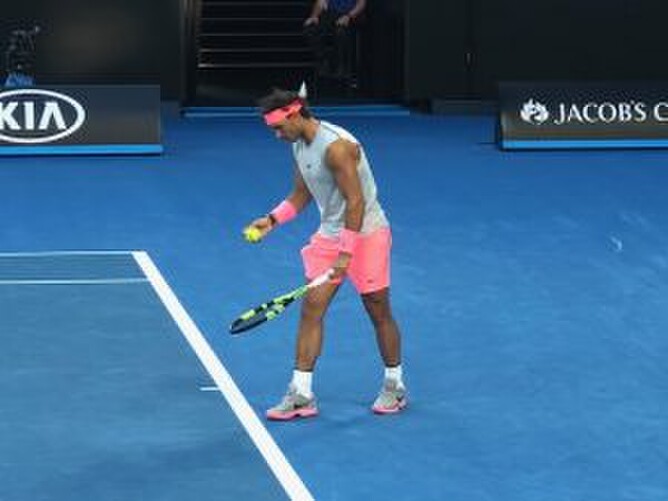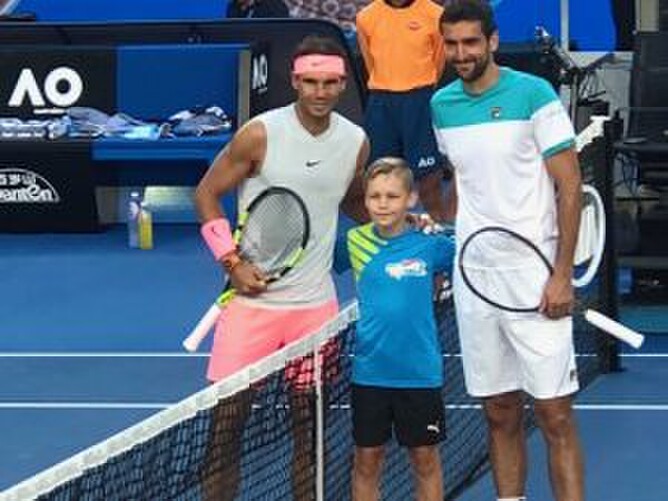I can’t recall the rationale that we used, when we first went to the Australian Open Tennis in Melbourne in 2007, for choosing which days to attend, but it has worked well for us. After going to the tennis every year for five years, we took a long break, until deciding that 2018 was the time to return to being an in person spectator.
If you haven’t watched professional tennis in person, it is difficult to explain how different it is to watching it on TV. While good commentary on TV (and not all commentary is worth listening to), can add value to the experience, the filter of the cameras and distance sanitises the experience.
Watching in person enables you to experience the weather (the intense heat, the humidity) – and marvel about how these people can play 2 hours in those temperatures – nevertheless 3-4 hours. The Melbourne facility enables you to experience the match at close quarters, the courts are relatively small arenas, and for a monetary investment, you can be seated in the front few rows, merely metres away from the rock stars of professional tennis.
You can see the strength, power and skill that the players put into each shot, the mental anguish that they are dealing with, the split second decision making.
You don’t need to be a tennis player to appreciate the skills and expertise of these players. If you have not been to the tournament, here are some background facts.
There are four Grand Slams played in the professional tennis calendar each year – starting with the Australian Open, on hard courts at the end of January. The others are Roland Garros (clay courts in late May in Paris), Wimbledon (grass courts at the end of June in London) and the US Open (hard courts at Flushing Meadows in New York in August).
These are compulsory tournaments for the top 100 tennis players (unless injured or given permission to be unable to play). As well as the top ranked 100 men and women, there are 28 additional places in each draw. These can be earned by playing in qualifying tournaments or being given a wildcard entry by the tournament organisers.
The Grand Slams are tough – most other tournaments will have less than half the participants of the Grand Slams. The Grand Slams are held over 2 weeks, with the winner having conquered 7 opponents. There are two days for each round until the semi-finals. The mens matches are the best of 5 sets, the womens are out of 3 sets.
In Australia, the day session starts at 11am – and a separate night session starts at 7pm until the last few rounds – which start at 7.30pm. Because of the unpredictability of how long a match will last, the days agenda will state the order of play, but will say that the match will start ‘not before’ a certain time. Sometimes play from the day session will carry on well into the evening, and evening sessions into the early hours of the morning.
This year, we watched until 1.30am before walking back to our accommodation to see the match still being completed at 2am on TV. In 2008 we gave up at about 3am in the Lleyton Hewitt match that went until 4am.
In 2007, we decided to make our visit from Thursday to Thursday – which has worked well for us. We book a mixture of day passes (which enable you to visit all the outdoor courts – but not the two main arenas) and some tickets in the main arenas. In the early rounds you can see some fantastic matches on the ‘outside’ courts. This year, we sat (fortunately under shade) in 42 degrees heat to see the eventual semi-finalist Kyle Edmonds battle for 5 long sets to get through the 3rd round. The headline matches are on the two main arenas and we have always booked seats and Rod Laver Arena on the Sunday night, and for the two sessions on Monday, Tuesday and Wednesday (fourth round and quarter finals). They have not let us down.
In 2007 we watched the ‘swashbuckler’ from Spain in his ‘pirate’ pants start to win the Australian crowds over. At that time, Rafael Nadal was referred to as Nadal – not the now ubiquitous Rafa, and he had not yet succeeded on any surface apart from clay. The Australian audience weren’t yet convinced, and in 2008 were actually quite rude to him. In 2007 we watched a youngster from Serbia in his first Rod Laver appearance on Sunday night against a guy called Roger Federer. The young Novak Djokovic had his PR people talking him up, but was wiped off the court by the Swiss Maestro. But as we know now, that was just the start of a brilliant mastery of the Australian hard courts by Djokovic.
These are our actual photos from this year:
e were only 2 rows from the court for Rafa's match (which he had to retire injured from)
We saw Jo-Wilfred Tsonga charm the audiences on his surprise streak to the finals in 2008 and Marco Bagdahtis totally win over the Australian audiences from year to year.
This year we saw another group of up and comers stun and surprise. Hyeong Chung from South Korea was one of ours (and the crowds) favourites. Ranked 58, he defeated his hero Novak Djokovic in 3 thrilling sets in the fourth round, but fell to Roger Federer in the semi-finals, retiring with severe blister injuries.. I’m amazed to say that after a number of years of hearing about the brat Australian – Nick Kyrgios – he totally won me over in his stunning electrifying loss to Grigor Dimitrov on the Sunday night. The energy and charisma and tennis shots were stunning. Hopefully he can tame his temper and become a true contender in years to come.
A week at the Australian Open is a true break for us. It is another world – it is almost like a soap opera with the twists and intrigues, the passion, the athleticism, the star power. The organisation and management of the tournament is superb and we will definitely be attending again (and probably again and again).
If you are looking for a great break, and something a little different to do in January, you could join many New Zealanders at the very accessible Australian Open. If you want to do this on a smaller budget, go in the first week, with a day pass and you will see stars on the outer courts. I truly recommend it.
If you want any advice on booking (based on what we have learned) send me an email.
By Carey Church
